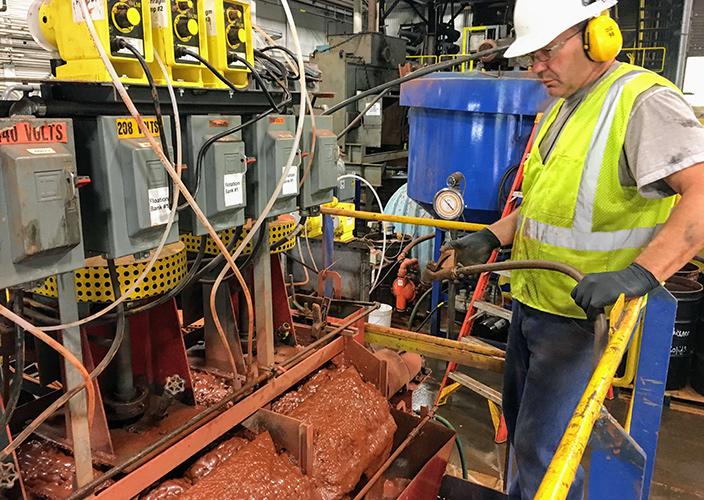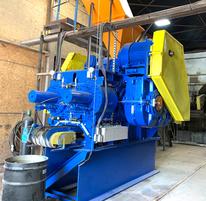
Mineral Processing Program
Research to utilize both incumbent and emergent technologies to separate valuable materials from our mineral resources with the least amount of water, energy, and environmental impact.
Capabilities
Explore our mineral processing capabilities
Comminution and Classification
NRRI has the protocols, procedures and decades of expertise to reliably reduce material samples to a form that is suitable for further testing and analysis. NRRI’s sample crushing, grinding, splitting and classification methods ensure that analytical results are representative of the sample.
Sample reduction, or comminution, typically occurs after sample drying. Our research technicians are highly skilled in these procedures and provide samples that are free of contamination before analysis.

Comminution: Crushing and Grinding
NRRI possesses several crushing and grinding techniques at the bench and pilot scale:
Crushing
- Jaw crushing
- Gyratory crushing
- Rolls crushing
Grinding
- Rod mills
- Ball mills
- Autogenous/Semi-Autogenous grinding (AG/SAG)
- High-pressure grinding rolls (HPGR)
Splitting
After size reduction, our research technicians follow industry standard practices to ensure that your sub-samples are representative of the primary sample. Duplicate splits are scrutinized to be sure that they are reduced to a suitably small sample size before splitting. NRRI sample splitting services include:
- Cone and quarter
- Riffle
- Rotary
Classification
Sample classification services include:
- Hydrocycloning
- Screening
- Hydroseparation
Beneficiation
Beneficiation is used to improve the economic value of an ore by removing the less valuable “gangue” minerals (tailings) from the higher-valuable “product” minerals (concentrate). Our Research Technicians use industry standard methods to carry out experiments using a variety of techniques to create mineral concentrates. Available techniques and equipment include:
- Gravity separation: based on mineral specific gravity
- Jigs, spirals
- Magnetic separation: based on mineral magnetic susceptibility
- LIMS, WHIMS
- Froth flotation: based on mineral surface chemistry
- Mechanical cells, column cells
- Electrostatic separation: based on mineral conductivity
- Electrostatic, high-tension separators
- Dewatering
- Concentrate filtering
- Tailings thickening
Staff
Related News

MagIron, LLC credits NRRI’s research to identify ores for direct reduced iron production.

Pilot-scale, vertical mill from Switzerland is ‘game-changer’ for industry decarbonization efforts.

NRRI research to identify and confirm major ore recovery improvements from waste taconite moves industry forward




